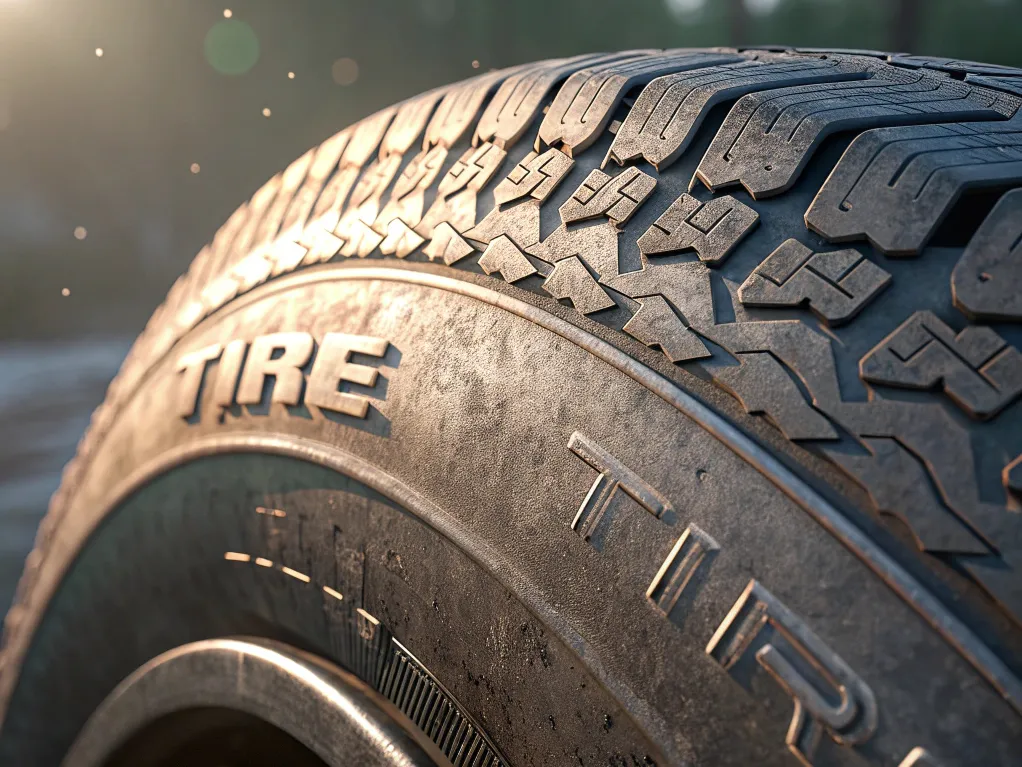Reifenrecycling ist ein wesentlicher Prozess bei der Bewältigung der zunehmenden Menge an Altreifen. Ein kritischer Schritt in diesem Prozess ist das Aufschneiden der Reifenseitenwand. Das Verständnis der Gründe für diesen Schritt verdeutlicht seine Bedeutung in der Recyclingkette und seine Auswirkungen auf die Materialrückgewinnung und die Anlageneffizienz.
1. Verbesserte Geräteeffizienz
Reifen bestehen aus langlebigen Gummimischungen mit unterschiedlichen Dicken und Zusammensetzungen. Insbesondere die Seitenwand ist besonders stark und dicht, was bei der Verarbeitung eine Herausforderung darstellt. Durch das Schneiden der Seitenwand vor dem Zerkleinern können Maschinen das Material effizienter verarbeiten und so einen reibungsloseren Betrieb gewährleisten. Spezialzerkleinerer, die beim Reifenrecycling verwendet werden, arbeiten effektiver, wenn die Seitenwand entfernt wird, da dies die Klingenbelastung verringert und Verstopfungen verhindert.
2. Wertstofftrennung
Die Seitenwand eines Reifens enthält häufig zusätzliche Komponenten, wie z. B. Stahlwülste, die für die Erhaltung der Reifenstruktur entscheidend sind, aber nicht so leicht recycelt werden können wie Gummi. Das Aufschneiden der Seitenwand ermöglicht eine effektivere Trennung dieser Materialien beim Recycling. Dies verbessert die Reinheit des Gummis und steigert den Wert der Materialien, die zu neuen Produkten recycelt werden können, wie z. B. Gummigranulat oder geformte Gummiartikel.
3. Erleichterung des Zerkleinerns und Mahlens
Reifenschredder sind dafür ausgelegt, den gesamten Reifen in kleinere Stücke zu zerlegen, die dann weiter zu Rohmaterial verarbeitet werden. Das Vorhandensein der Seitenwand erschwert diesen Prozess aufgrund ihrer Dicke und Härte im Vergleich zur Lauffläche und anderen Teilen des Reifens. Das Schneiden der Seitenwand vor dem Schreddern stellt sicher, dass der Schredder mit optimaler Effizienz arbeitet und gleichmäßige und handhabbare Stücke produziert, wodurch der Durchsatz verbessert und der Maschinenverschleiß reduziert wird.
4. Reduzierung des Klingenverschleißes
Reifenrecyclingmaschinen wie Granulatoren oder Reifenschredder sind auf schnell rotierende Klingen angewiesen, um Gummi zu durchtrennen. Die Seitenwand ist dichter und zäher und kann diese Klingen übermäßig belasten, wenn sie intakt bleibt. Das Entfernen der Seitenwand minimiert den Verschleiß der Ausrüstung, verlängert ihre Lebensdauer und senkt die Wartungskosten. Dies spart nicht nur Geld, sondern verbessert auch die Gesamteffizienz des Betriebs.
5. Verbesserte Materialhandhabung
Das Schneiden der Seitenwand vor der Weiterverarbeitung erleichtert die Materialhandhabung in nachfolgenden Recyclingstufen. Wenn die Seitenwand entfernt ist, ist der verbleibende Gummi gleichmäßiger und lässt sich beim Mahlen und Mischen leichter handhaben. Dieser gleichmäßigere Materialfluss durch das System führt zu einer besseren Konsistenz und Qualität des Endprodukts, egal ob es sich um Gummipellets oder ein anderes recyceltes Material handelt.
6. Optimierung des Recyclingprozesses
Das Reifenrecycling umfasst in der Regel einen mehrstufigen Prozess, bei dem verschiedene Arten von Maschinen zum Einsatz kommen, darunter Brecher, Granulatoren und Separatoren. Jede Stufe profitiert von der Entfernung der Seitenwand, da dies die Komplexität des zu verarbeitenden Materials verringert. Dadurch wird sichergestellt, dass jeder Teil des Reifens so effizient wie möglich genutzt wird, unabhängig davon, ob er in Gummipulver für Spielplätze umgewandelt oder in Asphalt für den Straßenbau eingearbeitet wird.
Abschluss
Das Aufschneiden der Seitenwand eines Reifens während des Recyclings ist ein entscheidender Schritt, der die Effizienz, Qualität und Nachhaltigkeit des Recyclingprozesses verbessert. Es ermöglicht Recyclinganlagen, Höchstleistungen zu erbringen, erleichtert die effektive Trennung wertvoller Materialien und gewährleistet die Herstellung hochwertiger Recyclingprodukte. Mit den Fortschritten in der Reifenrecyclingtechnologie spielt die Optimierung jedes Prozessschritts – angefangen mit der Entfernung der Seitenwand – eine entscheidende Rolle bei der Umwandlung von Abfall in wertvolle, nachhaltige Materialien.



